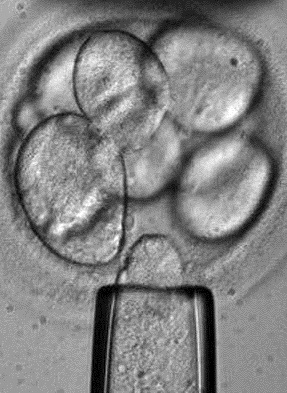Stem cell sites slammed
 A new study shows advanced economies including Australia are becoming hotbeds for direct-to-consumer marketing of stem cell therapies.
A new study shows advanced economies including Australia are becoming hotbeds for direct-to-consumer marketing of stem cell therapies.
Rich nations led by Ireland, Singapore, Australia, Germany, Italy, Japan, and the United States top the table, according to the world’s largest-ever study of the somewhat shady clinics and providers.
The study reveals murky marketing practices and dubious claims from 417 unique websites advertising stem cell-based therapies in what experts call an “under-regulated industry”.
“In the early days of this under-regulated industry, clinics were typically located in developing economies, where weak laws or lax enforcement enabled these businesses to operate with relative impunity,” says the University of Sydney’s Professor John Rasko, the study’s senior author.
Previously it was thought that stem cell tourism offered online was predominately being promoted from countries in South East Asia, Russia and Eastern Europe.
“More recently, richer countries such as Australia, Germany, Italy, Japan, and the United States have seen clinics take advantage of real or imagined gaps in regulation.”
Stem cell experts are calling for the closure of a loophole that allows doctors to administer costly, unproven and potentially dangerous stem cell therapies in Australia.
The gap in protection was highlighted by the coroner’s finding earlier this year about a Sydney woman’s death resulting from the “poor performance” of a doctor who gave her stem cell therapy.
“The loophole applies to stem cells taken from one’s own body for use in autologous stem cell transplants,” Rasko said.
“The Medical Council of NSW, Australian Academy of Science and the National Health and Medical Research Council proposed much stronger regulations, but the Therapeutic Goods Association has still not made a decision.”
The study reveals that great majority of websites (83 per cent) offered adult stem cells, followed by stem cells of unspecified type (13 per cent). The remainder offered embryonic, induced pluripotent, or fetal stem cells (8 per cent) or amniotic stem cells (1 per cent). About half the sites (52 per cent) did not indicate the donor source of cells.
Websites were frequently imprecise about the medical conditions for which they offered interventions and used inconsistent terminology or categories of diseases across sites.
Websites most commonly targeted anti-aging/skincare stem cell applications (47 per cent), indicating that marketers offer interventions for lifestyle or aesthetic, rather than strictly medical, concerns.
Such claims are typically made without supporting evidence from randomised, controlled independent clinical trials and lack market authorization from a regulatory authority.







 Print
Print